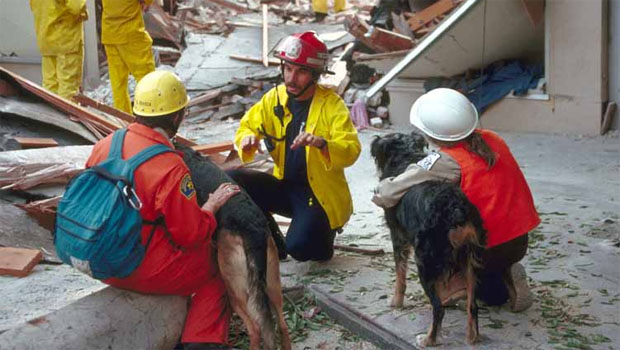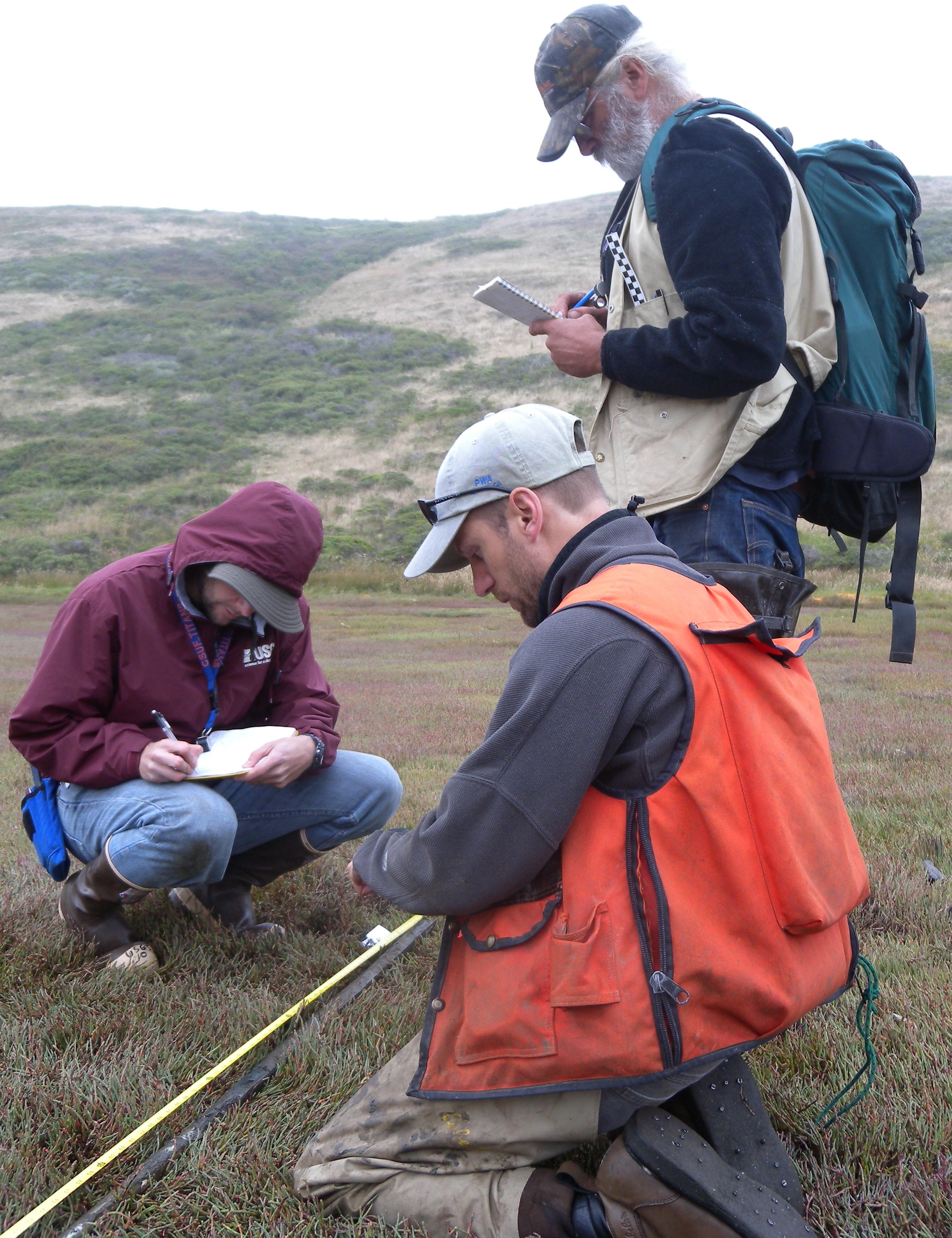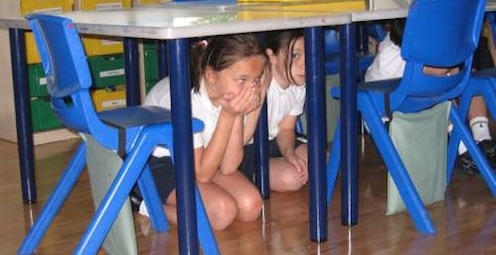
Added: Friday, October 12th, 2012
By: Jessica Robertson, jrobertson@usgs.gov
Are you prepared for future earthquakes? Sign up and participate in a worldwide earthquake drill. Read more

Added: Tuesday, October 9th, 2012
By Barbara Wilcox
Critically endangered birds whose numbers grew rapidly after successful translocations by USGS and USFWS biologists likely took a hit from the 2011 event. Read more

Added: Monday, September 17th, 2012
By: Jessica Robertson, jrobertson@usgs.gov
USGS science helps people understand and prepare for natural hazards. Read more
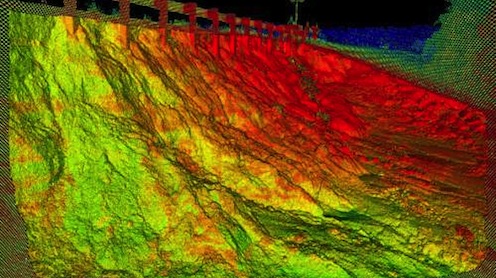
Added: Friday, September 7th, 2012
USGS
While Hurricane Isaac has passed, scientific work to understand the storm’s impact on Gulf Coast states continues. Read more

Added: Wednesday, September 5th, 2012
Jessica Robertson, jrobertson@usgs.gov
A magnitude 7.6 earthquake struck near the west coast of Costa Rica on September 5, 2012 at 14:42:10 UTC. Read more
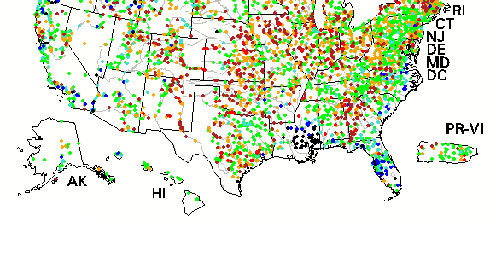
Added: Saturday, September 1st, 2012
By Melanie Gade, Hannah Hamilton and Alex Demas
Real-time map showing the extent of flooding (black dots) and drought (red dots) in the U.S. Read more

Added: Tuesday, August 28th, 2012
USGS
USGS scientists, engineers, and technicians are working along the Gulf coast in response to Hurricane Isaac. Read more
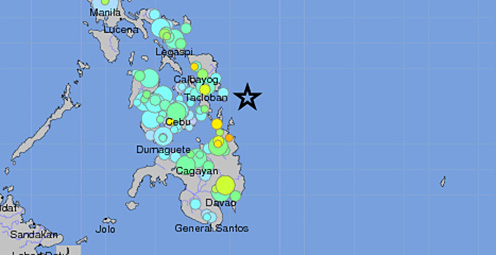
Added: Tuesday, August 28th, 2012
By: Jessica Robertson, jrobertson@usgs.gov
USGS scientists are providing up-to-date information. Read more

Added: Saturday, August 25th, 2012
By: Hannah Hamilton and Melanie Gade
The U.S. Geological Survey is keeping careful watch as Tropical Storm Isaac continues to track northwest toward the west coast of Florida and the Gulf of Mexico. Read more

Added: Wednesday, August 22nd, 2012
By: Jessica Robertson, jrobertson@usgs.gov
It was one of the largest recorded earthquakes to occur in the east over the last century. Find out what scientists have learned in the past year. Read more
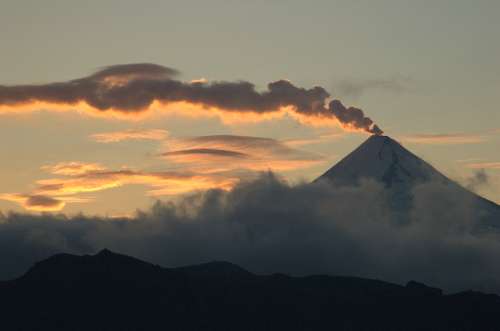
Added: Wednesday, August 1st, 2012
By: Christina Nyquist
USGS scientists improve systems to monitor and forecast volcanic activity and track volcanic ash to help communities prepare. Read more
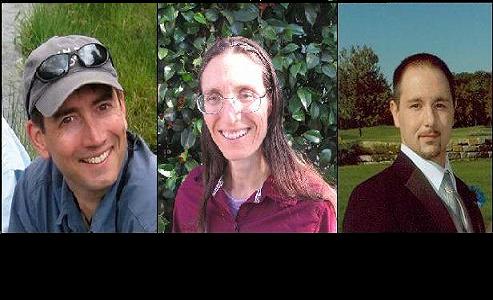
Added: Tuesday, July 24th, 2012
By: Alex Demas
These 3 young scientists have forged ahead with innovative research at the frontiers of science. Learn more

Added: Monday, July 16th, 2012
By: Kara Capelli, Jenn LaVista, Jess Robertson
The majority of the nation is facing dry conditions; in most areas drought conditions are expected to persist or intensify. Read more
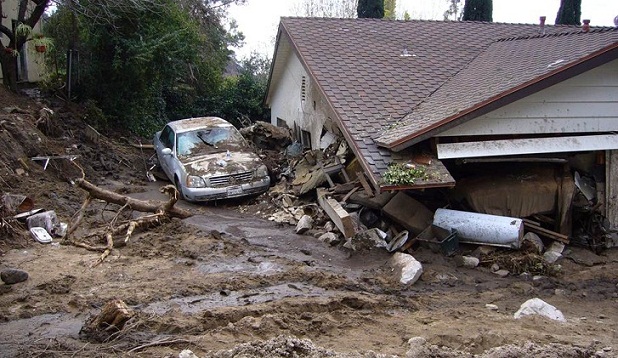
Added: Monday, June 11th, 2012
By: Christina Nyquist, cnyquist@usgs.gov
The new “Did You See It?” website collects citizen observations of landslides. Read more

Added: Monday, June 4th, 2012
By: David Hebert, dhebert@usgs.gov
Please comment on the USGS’ draft science strategies! Read more
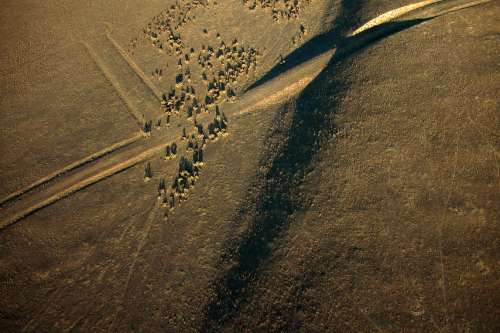
Added: Thursday, May 10th, 2012
By Heidi Koontz and Barbara Wilcox
Citizen volunteers, portable instruments, and real-time maps help improve gathering of and access to earthquake data.Read more
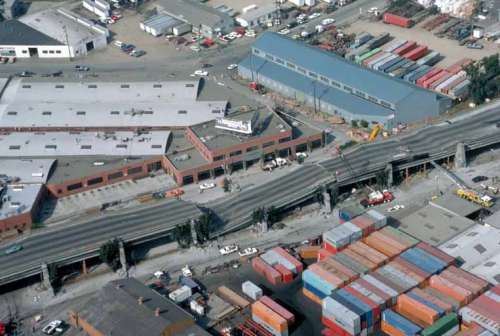
Added: Tuesday, April 17th, 2012
By Christina Nyquist
The USGS and partners are designing an earthquake early warning system for California to help save lives and property.

Added: Wednesday, April 11th, 2012
Science or Soundbite? Is the recent increase in midcontinent earthquakes natural or man-made? Find out here.
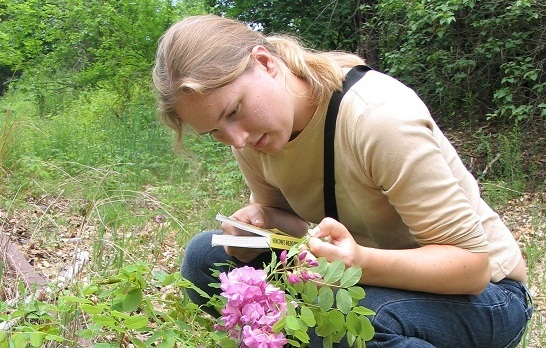
Added: Monday, April 2nd, 2012
by Catherine Puckett
Timing is everything! Consider helping track changes in spring’s arrival
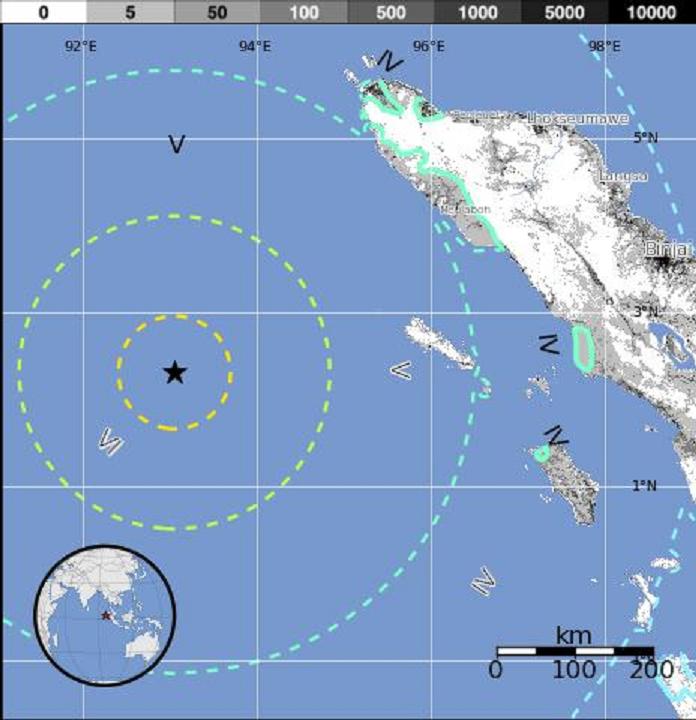
Added: Sunday, April 1st, 2012
A magnitude-8.6 earthquake struck off the west coast of northern Sumatra Wednesday, April 11, 2012, at 8:38 a.m., UTC at the epicenter.
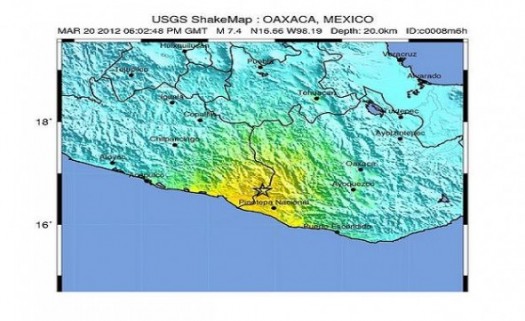
Added: Tuesday, March 20th, 2012
USGS
A magnitude-7.4 earthquake struck in the Mexican state of Oaxaca Tuesday, March 20, 2012, at 12:02 p.m., local time at the epicenter.
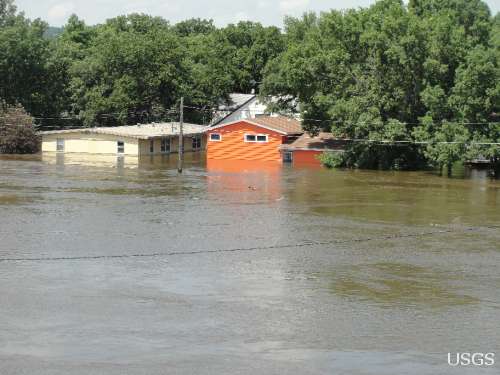
Added: Wednesday, March 14th, 2012
By Kara Capelli
Flood Safety Awareness Week is March. 12-16. What can you do to prepare?

Added: Tuesday, March 13th, 2012
By Kara Capelli and Kevin Dennehy
National Groundwater Awareness Week is Mar. 11-17, 2012. See how USGS science is connecting groundwater and surface water.

Added: Friday, March 9th, 2012
By Christina Nyquist
Since Japan’s March 11, 2011, Tohoku earthquake and subsequent tsunami, scientists at the USGS have learned much to help better prepare for a large earthquake in the United States.
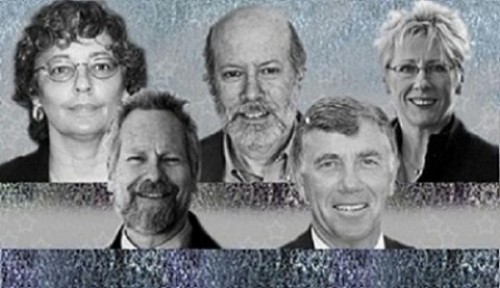
Added: Wednesday, March 7th, 2012
By Catherine Puckett
Five USGS employees honored with Distinguished Service Awards for their service to the nation
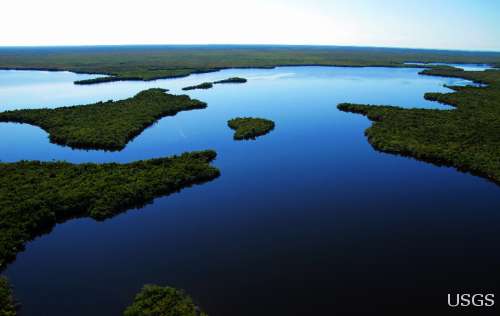
Added: Monday, February 13th, 2012
The proposed USGS budget reflects research priorities to respond to nationally relevant issues, including water quantity and quality, ecosystem restoration, hydraulic fracturing, natural disasters such as floods and earthquakes, and support for the National Ocean Policy, and has a large R&D component.
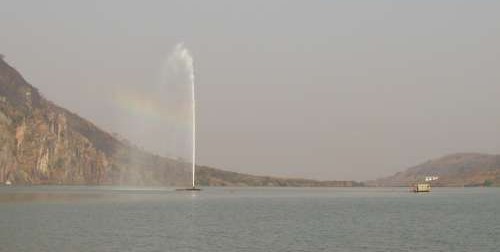
Added: Wednesday, February 8th, 2012
Kara Capelli and Bill Evans
Exploding lakes in Cameroon, Africa, have killed people and livestock. Find out how USGS science is helping prevent such an event from occurring again.
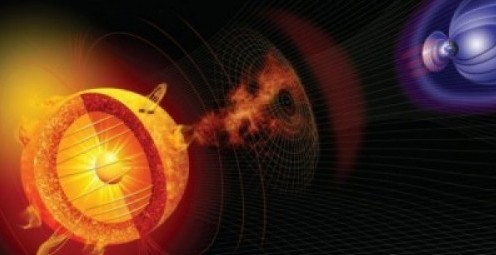
Added: Friday, January 27th, 2012
Christina Nyquist, Jeffrey Love
Everyone is familiar with weather systems on earth like rain, wind and snow. But space weather – variable conditions in the space surrounding Earth – has important consequences for our lives inside Earth’s atmosphere.

Added: Tuesday, December 13th, 2011
By Jessica Robertson
Modern volcano monitoring in the United States began with the founding of the Hawaiian Volcano Observatory in 1912. Living with volcanoes

Added: Wednesday, November 9th, 2011
Shaking from Oklahoma's M5.6 main shock, the largest quake in the State's history, was felt from St. Louis to Lubbock. Number of quakes increasing in Oklahoma
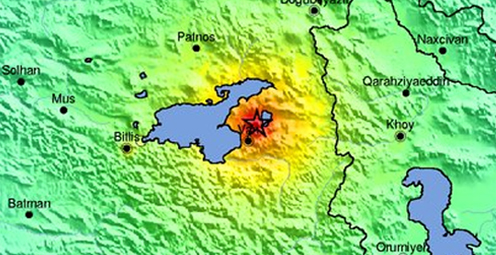
Added: Monday, October 24th, 2011
By USGS
A magnitude-7.2 earthquake struck eastern Turkey on Sunday, October 23, 2011. History of strong earthquakes

Added: Monday, October 17th, 2011
By Clarice Nassif Ransom
It's only the beginning of their careers, but these 3 young scientists have forged ahead with innovative research at the frontiers of science. How they've transformed their fields

Added: Tuesday, October 11th, 2011
By Cheryl O'Brien and Tania Larson
Oct. 9-15, 2011, is Earth Science Week, themed "Our-Ever Changing Earth," and Oct. 12, 2011, is International Day for Natural Disaster Reduction. Answers to questions posed by a changing world
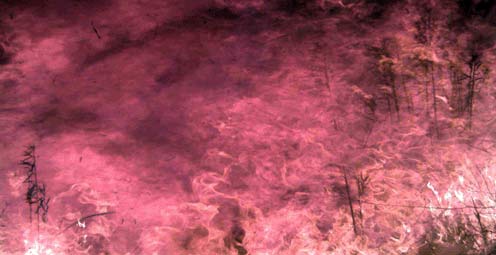
Added: Tuesday, September 6th, 2011
Fire managers and the public can access online maps of current wildfire
locations, thanks to a Web-based mapping application provided by the USGS
and its partners.
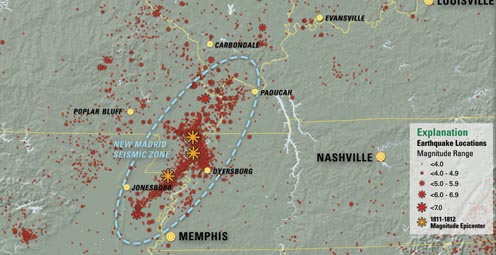
Added: Thursday, September 1st, 2011
By Melanie Gade and Heidi Koontz
On Feb. 7, 1812, at about 3 a.m., a third, and probably most widely felt of three major earthquakes, occurred in the central Mississippi River Valley. Similar risk today.
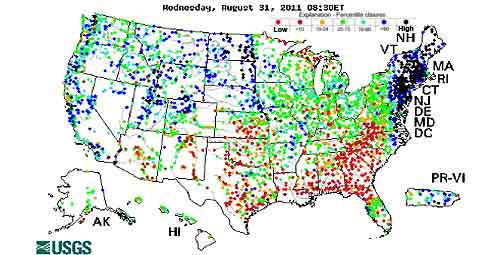
Added: Friday, August 26th, 2011
Rivers and streams are reaching record levels as a result of Hurricane Irene’s rainfall, with more than 80 USGS streamgages measuring record peaks.
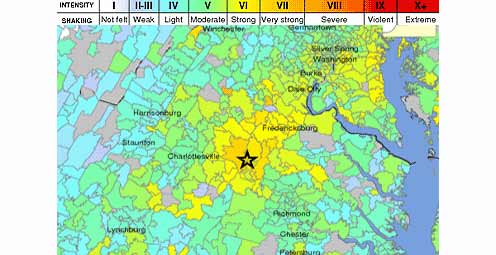
Added: Tuesday, August 23rd, 2011
Tuesday, August 23, 2011 at 01:51 PM a 5.8 Earthquake occurred 38 miles outside of Richmond, VA.
Added: Friday, August 12th, 2011
A new geologic map of Lassen Volcanic National Park and vicinity has been created. The map area includes the entire Lassen Volcanic Center, parts of three older volcanic centers, and the products of regional volcanism.
Added: Sunday, July 10th, 2011
To better understand and reduce tsunami hazards, USGS scientists examined sediment deposited by the tsunami in and around Sendai, Japan, as part of an international tsunami survey team organized by Japanese scientific cooperators.
Added: Thursday, June 30th, 2011
USGS crews continue to measure streamflow and collect water quality and sediment samples in the Ohio and Mississippi River basins using state-of-art instruments.
Added: Tuesday, June 7th, 2011
Many communities in South Dakota, North Dakota, Montana, Colorado, Wyoming and Iowa are dealing with record floodwaters and bracing for more flooding in the upcoming weeks.
Added: Monday, June 6th, 2011
Fire managers and the public can access online maps of current wildfire locations, thanks to a web-based mapping application provided by the USGS and its partners.
Added: Wednesday, April 20th, 2011
New Zealand has experienced another damaging earthquake close to the city of Christchurch, which is still recovering from the magnitude-6.1 earthquake that struck in February. This latest quake has resulted in additional damage to buildings and infrastructure.
Added: Wednesday, April 20th, 2011
The USGS-NASA Landsat 5 satellite captured this image of 39-mile track of destruction caused by a massive tornado on June 1 near Sturbridge, MA.
Added: Monday, March 28th, 2011
As hurricane season starts, researchers are modeling potential changes to
coastal environments to identify communities vulnerable to extreme erosion during storms. Data collected before and after storm landfall are used to verify past forecasts and improve future predictions.
Added: Monday, March 28th, 2011
The effects of the March 11 magnitude 9.0 earthquake and resulting tsunami on Japan are being monitored using Landsat satellite data from the USGS.
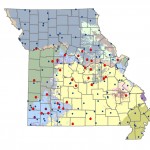
Added: Saturday, March 26th, 2011
The most recent earthquake in Japan affected water levels in groundwater wells all over the country. Water level fluctuations were recorded as far away as Illinois, Virginia, Missouri and Florida.
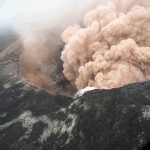
Added: Monday, March 7th, 2011
Volcanic activity continues in the Pu`u `O`o crater on Kilauea Volcano's east rift zone and in the Halema`uma`u Crater vent at Kilauea’s summit. Visit the USGS Hawaii Volcanoes Observatory site to get detailed Kilauea and Mauna Loa activity updates, recent volcano photos, recent earthquakes, and more.
Added: Friday, January 14th, 2011
Scientists unveil a catastrophic winter storm scenario that could possibly overwhelm California's flood protection system, and significantly disrupt Statewide social and economic systems.
Added: Monday, December 20th, 2010
Heavy rainfall could potentially destabilize hillsides. The USGS Landslide Hazards Web site has what you need to know if you live in an area prone to landslides.
Added: Tuesday, November 9th, 2010
The USGS and the National Weather Service have developed a new flood inundation map tool that enables management officials and residents to see where the potential threat of flooding is the highest along the Flint River near Albany, Georgia.

Added: Tuesday, November 9th, 2010
Volcanic eruptions have always been a part of human history; the American experience is no exception. On November 3rd, USGS’s Dr. John Eichelberger discusses new USGS programs which establish monitoring networks on all hazardous US volcanoes, to reduce the effects of volcanic hazards on communities.
Added: Tuesday, November 9th, 2010
Kilauea is Hawaii's youngest volcano and one of the world's most active. Get daily updates on ongoing eruptions from Kilauea's summit and east rift zone.
Added: Tuesday, November 9th, 2010
Looking for information on natural resources, natural hazards, geospatial data, and more? The USGS Education site provides great resources, including lessons, data, maps, and more, to support teaching, learning, K-12 education, and university-level inquiry and research.
Added: Thursday, September 30th, 2010
The USGS PAGER system (Prompt Assessment of Global Earthquakes for Response) will now include estimated economic loss and casualty information. This system is used by emergency responders, government and aid officials, and the public to understand the scope of the disaster to develop the best response.
Added: Tuesday, June 22nd, 2010
Flash flooding is one of the major causes of natural hazard-related deaths in the United States and is hard to predict, but data collected by the USGS is crucial to formulating better predictive models.
Added: Tuesday, June 22nd, 2010
The USGS Science Strategy is a comprehensive report to critically examine the USGS's major science goals and priorities for the coming decade. The USGS is moving forward with these strategic science directions in response to the challenges that our Nation's future faces and for the stewards of our Federal lands.
 Loading Page...
Loading Page...
